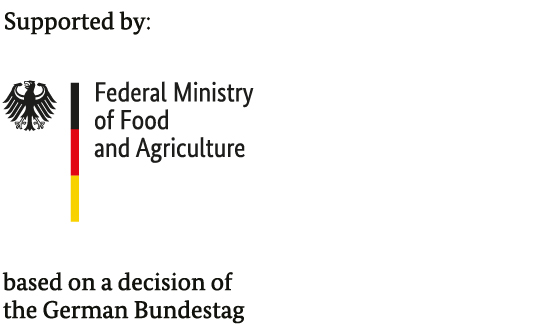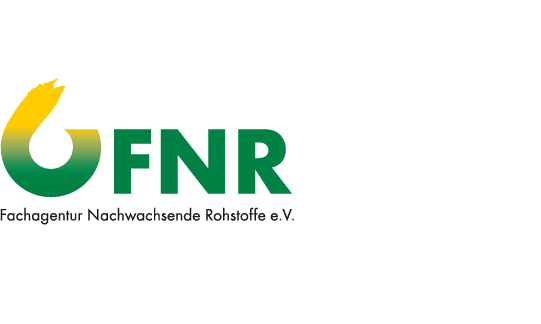Minister of Agriculture Cem Özdemir presents funding notification to Fraunhofer WKI and partners
On the 27th of October 2023, the Minister of Agriculture, Cem Özdemir, presented the participating project partners with the funding notification from the German Federal Ministry of Food and Agriculture (BMEL) for the research project “Nachhaltige Erzeugung und Verwertung von Rohrkolben auf Niedermoorstandorten in Niedersachsen“ (Sustainable production and utilization of cattails on fenland sites in Lower Saxony, “RoNNi”).

In the “RoNNi” project, the researchers aim to produce raw substances and materials from cattails and implement moorland protection within the framework of paludiculture - i.e. the agricultural and forestry utilization of wet moorland sites. The project is being launched in two model regions in the Emsland district and Cuxhaven with 13 partners from research and industryIt is one of the model and demonstration projects selected by the BMEL to receive funding for fenland conservation.
The aim of the project is to transform the management of drained, agriculturally used fenland to a climate-friendly, bog-soil-conserving wet management through the cultivation of cattails (scientific name: Typha). In two model regions, with different agricultural structures, the large-scale, quality-optimized cultivation of cattail and the utilization of the biomass as a building material and as a horticultural substrate (peat substitute) are being developed, demonstrated and prepared for marketing.
At the Fraunhofer WKI, the scientists will conduct experiments to produce foams from cattails. The researchers are thereby building on their experience gained through the wood foam which was developed and patented by the Fraunhofer WKI and which consists entirely of wood. As annual plants and other biomass can also be used to produce wood foam, the “RoNNi” project aims to transfer the process to the use of paludi biomasses in order to develop Typha foams. For this purpose, the individual process steps will first be considered and extensively investigated to determine the extent to which process design, additivation and drying need to be modified. In addition, the Typha foam is to serve as a binder for Typha particles, and later as a core layer for Typhaboard sandwich elements.
Further information:
Press release of the 3N Kompetenzzentrum (October 27, 2023)
Last modified:
 Fraunhofer Institute for Wood Research
Fraunhofer Institute for Wood Research 
